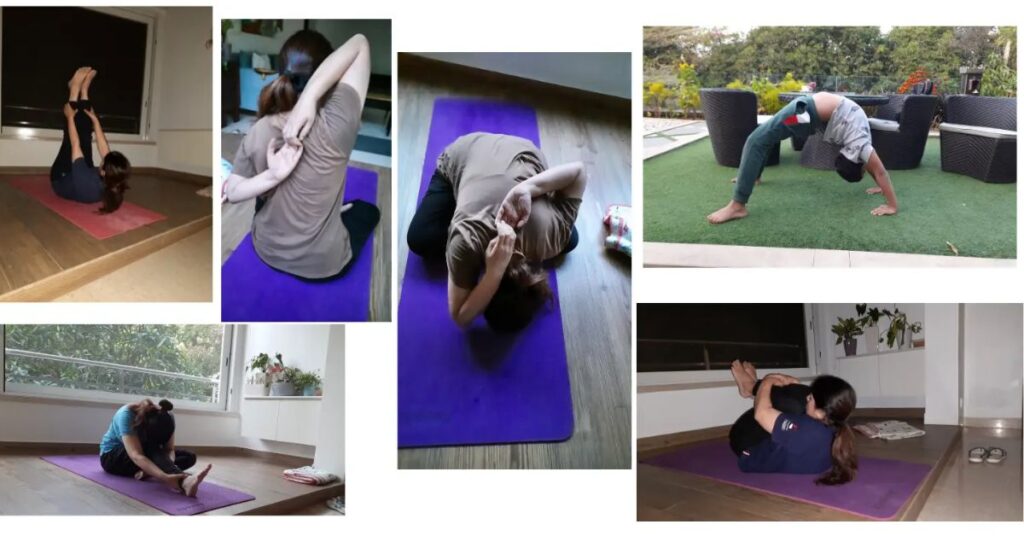
There’s a lot to be said for taking yoga around your local area. You receive your feedback from the instructor, you meet other yogis in your community, and you learn more about the practice from them. These are all important benefits that shouldn’t be ignored.
If you regularly went out to yoga classes before the pandemic, a home yoga practice is a must because it will help you sustain a yoga practice for the long term. At least you don’t have to wait for a specific class time or commit to an hour-long session; you don’t have to pack a bag, drive to a studio, or spend extra time talking with fellow yogis. Simply, you just have to choose the time and the length of the session that works for you, because it might just help you find the inner balance required to survive this era to level up. Yoga helps us find balance within ourselves when some qualities are in short supply in our environments. Plus, it can be adapted to every body type and lifestyle, and you don’t need to buy special clothes or even leave your house.
Benefits of doing yoga at home
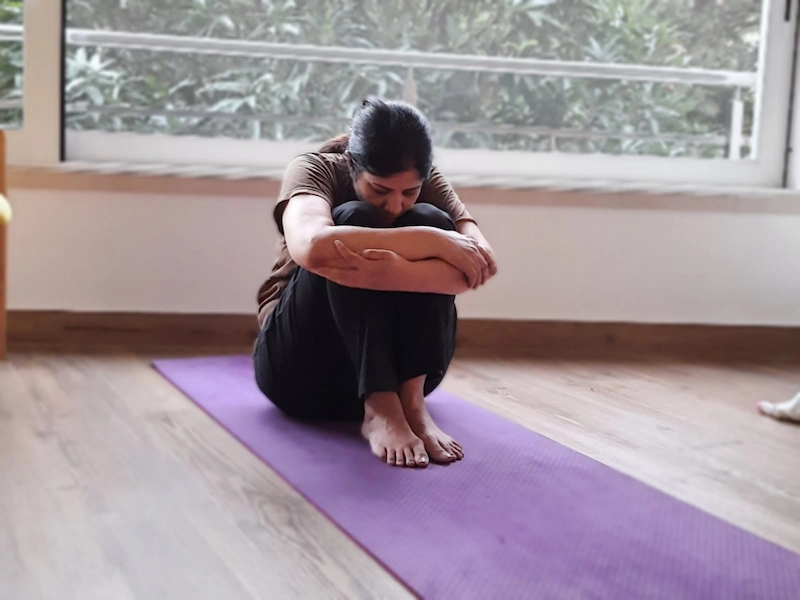
Focuses on oneself
If you have ever taken yoga classes before, then you’re probably familiar with this irony: it’s been an overwhelming day, and you need your yoga pick-me-up more than ever. The beauty of a home practice is that it’s always available for you whenever you feel a need. No schedule, no being turned away, and less stress about rushing to get there. You can even choose the type of exercise you want to focus on, the style, the length of time you’ll practice, and the pace.
Freedom to choose yoga
When you have the freedom of choice, you want to be guided by and trust your voice. This is the essence of yoga, an internal process, where we become familiar with our inherent wisdom by taking time to listen to our bodies. You get to design your own space and make it as comfortable and pleasing as you want. Plus, you can practice yoga in your own space.
Have more time to practice difficult asanas
Out of convenience for the consumer, all the yoga classes are open for mixed-level participants, which means that the classes are open for every level, and the skilled instructor will instruct you on less challenging modifications for newer or injured practitioners and more advanced options according to your level. But more than likely, if you’re given parsva bakasana (side crow) for the first time as an intermediate-level arm balance, in class, it ain’t happening! Poses like these need extra practice and more time to play than is generally allotted in a 60- to 90-minute class. Once you’ve established your home practice, then, you can explore those more challenging poses that were only given five or so minutes in class.
Helps in self-awareness
When you start practicing yoga at home, you can focus on yourself only, which means deepening your self-awareness. You start to notice where and how you hold tension in your body and become more aware of how you move. You become more aware of how you breathe and perhaps even more aware of how your mind works. This self-awareness can be an incredibly valuable tool to use in your next yoga class or your daily life in general.
Tips for beginners
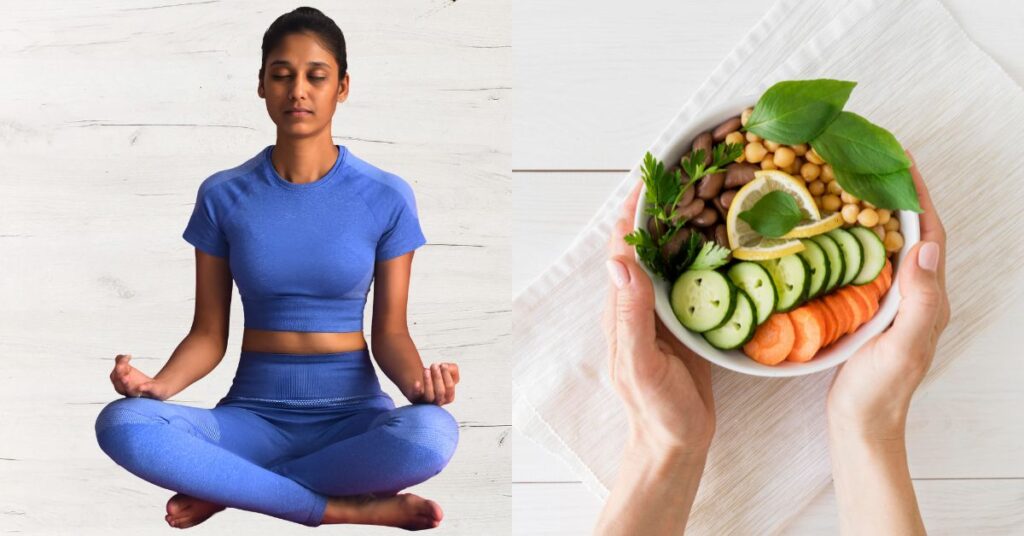
- Find yourself an experienced yoga instructor
Yoga will be more fun and easier if you find an instructor who can answer your questions during your class, as well as help you achieve the proper posture for each pose according to your hands-on adjustments.
- Wear comfortable clothes
The right clothes can make a huge difference in class. You just have to select a supportive top and yoga pants made from breathable materials with moisture-wicking features. For cooler weather, you may want to invest in thermal athletic gear you can easily layer to stay warm.
- Avoid making comparisons with others
Yoga is your journey, and there is no point in comparing or evaluating yourself by looking at someone else’s progress. You can draw appreciation, motivation, and inspiration from their bodies’ capabilities; however, don’t beat yourself up if you aren’t at that point yet. Doing regular practice will help you get there.
- Eat healthily
Be mindful of your eating habits, especially if you prefer to eat before your yoga class. If you’re hungry, a light snack might help you fuel up for your class. Avoid greasy or garlicky foods before your class and try not to eat anything 2-3 hours before class; otherwise, you’ll feel some discomfort in poses that put pressure on your belly.
- Respect the limits of your body
Discovering and knowing your physical and mental limits is very important to succeed in yoga. Listen to your body as you stretch, breathe and move. If you are having trouble breathing or experiencing pain, adjust the pose until you can do it without struggling. Also, keep in mind that some poses shouldn’t be attempted for those with certain conditions, such as an injury, pregnancy, or chronic illness.
5 Yoga asanas for beginners
- Child’s pose (Bal Asana)
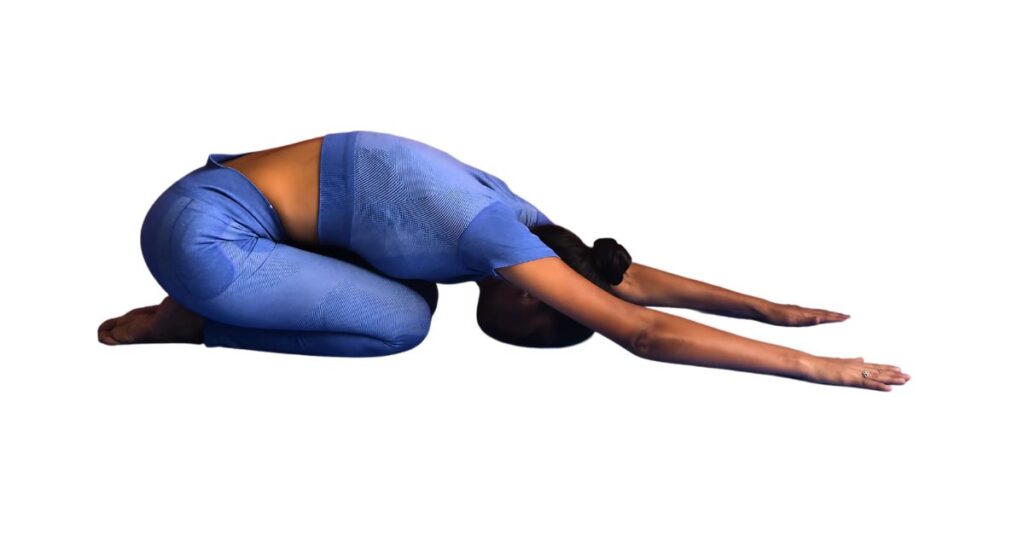
This is a calming pose and a good default pause position. You can use the child’s pose to rest and refocus before continuing your next pose. It stretches your lower back, hips, thighs, knees, and ankles and relaxes your spine, shoulders, and neck. You can do it when you want a gentle stretch through your neck, spine, and hips. You can also modify this pose by resting your head on a cushion or block, or you can place a rolled towel under your ankles if they are uncomfortable.
- Downward-Facing Dog (Adho Mukha Svanasana)
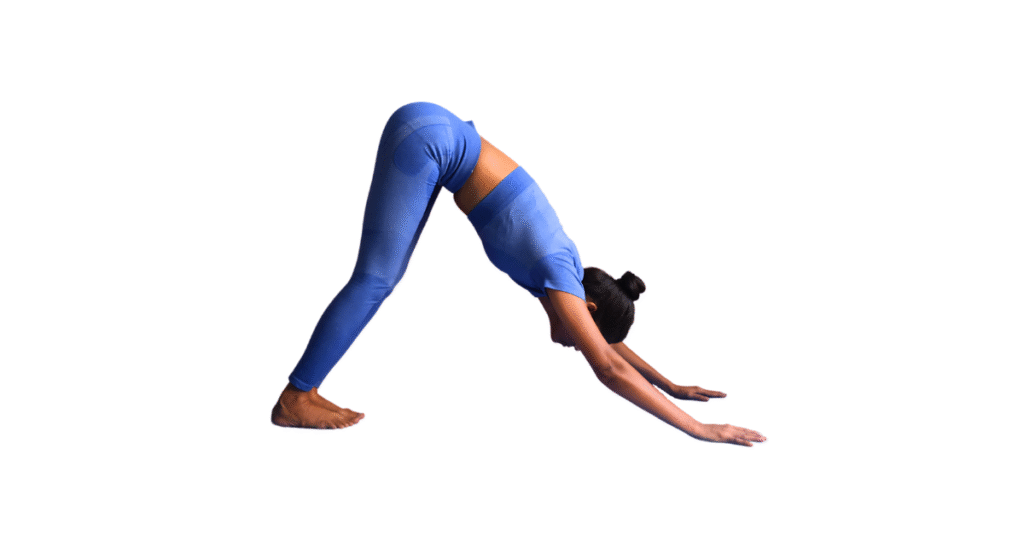
The Downward-Facing Dog pose helps to strengthen the arms, shoulders, and back, while offering a deep stretch to the hamstrings, calves, and foot arches. It’s also known to alleviate back pain. For a wrist-friendly version, you can modify the pose by placing your elbows on the floor or using blocks under your hands for added comfort and support.
- Plank Pose (Kumbhakasana or Dandasana)
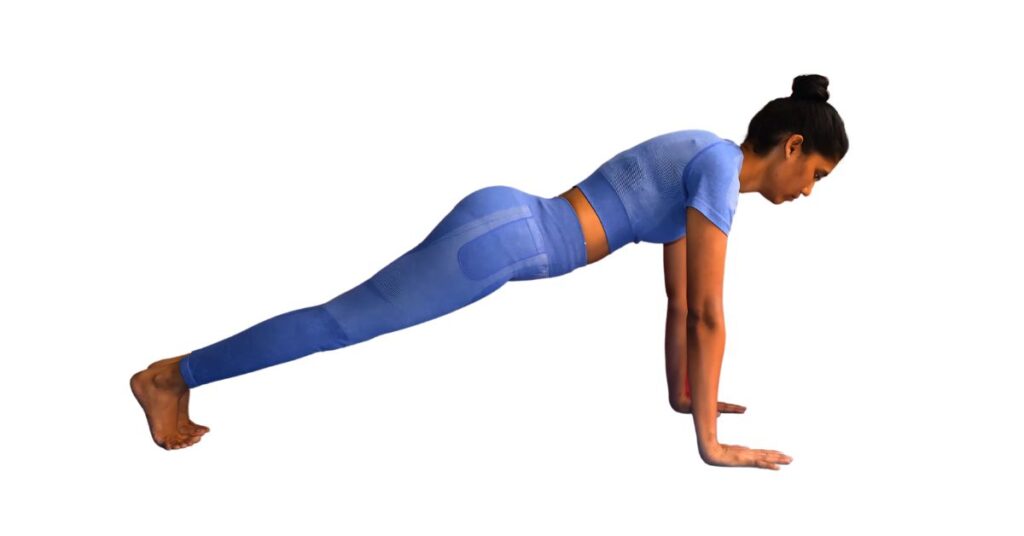
The plank is a well-known exercise that targets the core, shoulders, arms, and legs, helping to build overall strength. It’s great for toning your abs and strengthening your upper body. If it’s too challenging, you can modify it by keeping your knees on the floor for extra support.
- Four-Limbed Staff Pose (Chaturanga Dandasana)
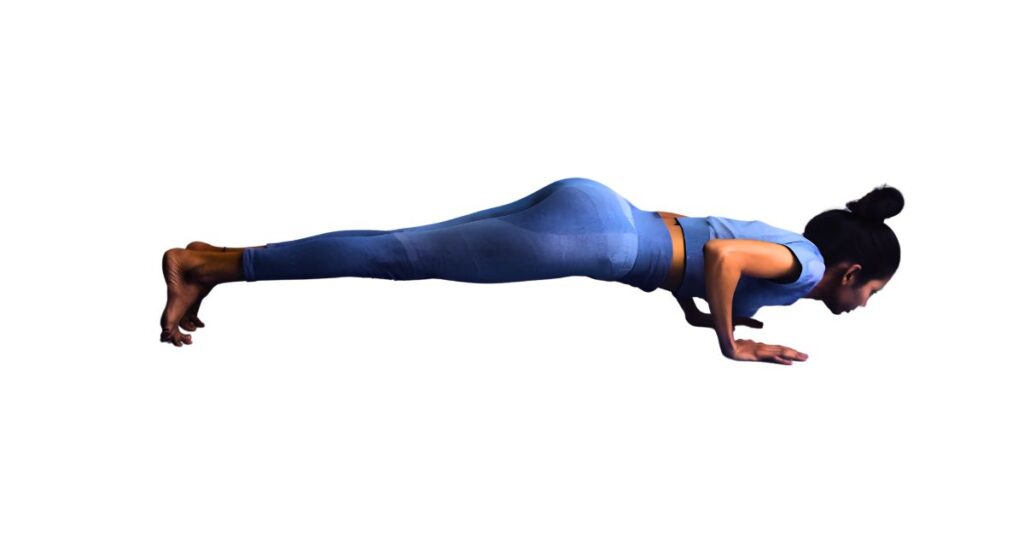
This push-up variation, often included in the Sun Salutation sequence, is a great step toward building strength for more advanced poses. Like the plank, it helps strengthen the arms, wrists, and tones the abdomen. It’s a great foundational pose to master if you’re aiming to progress in your practice.
- Cobra Pose (Bhujangasana)
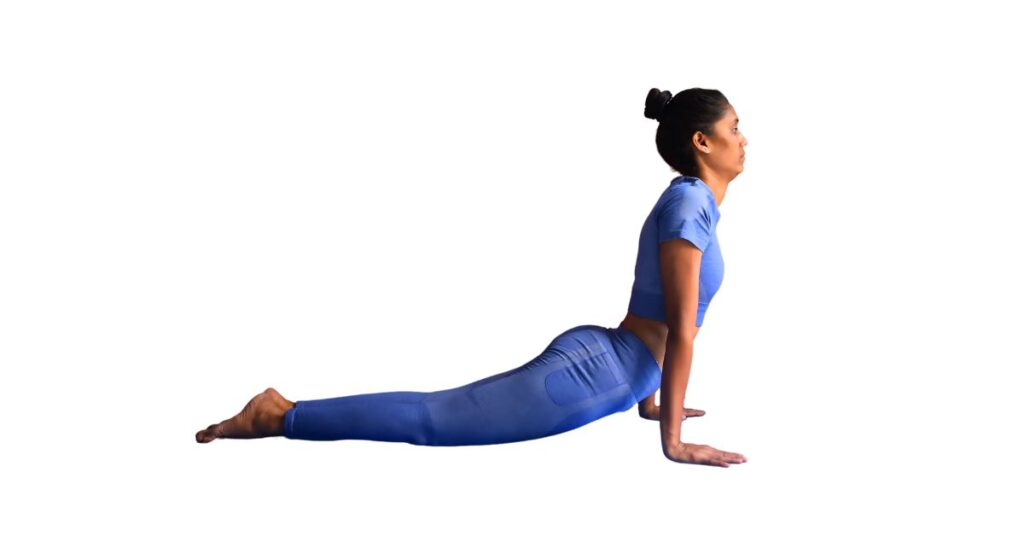
This back-bending pose is excellent for strengthening the back muscles, improving spinal flexibility, and stretching the chest, shoulders, and abdomen. It’s particularly beneficial for building back strength and enhancing overall mobility.